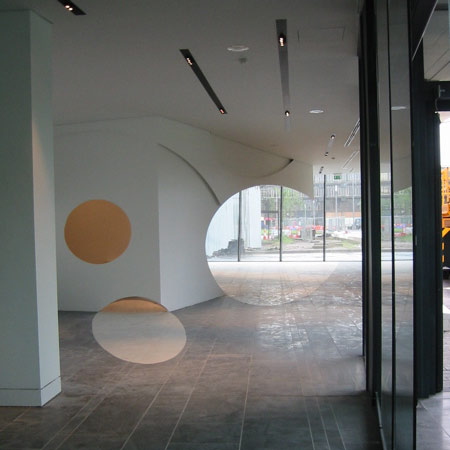
Gijs Bakker shows Shotgun Saloon
Designer and Droog co-founder Gijs Bakker has sent us photos and sketches of interiors and furniture for Shotgun Saloon, a restaurant at the new Middlesbrough Museum of Modern Art.
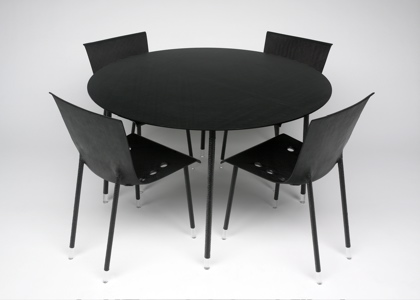
The restaurant is furnished with a new range of chairs and tables made of carbon and plexiglas.
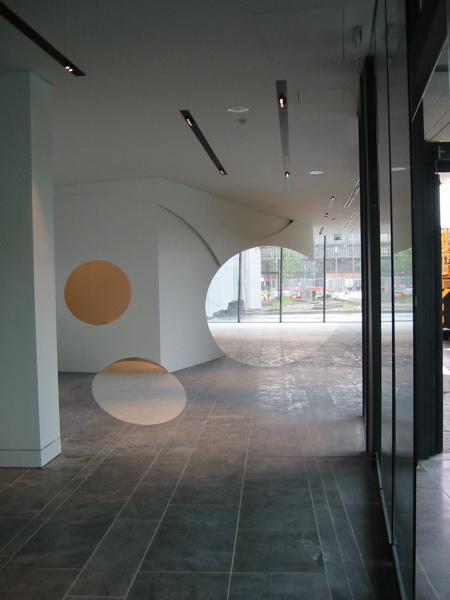
The cafe contains visual references to gunshots while the chairs' carbon seats are riddled with holes. These are a development of Bakker's Holes series of furniture from the late 1980s.
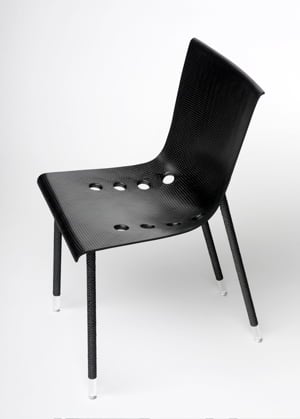
"Perhaps unconsciously, the carbon fibre refers to the history of Middlesbrough with its production of iron, steel and chemicals," says Bakker.
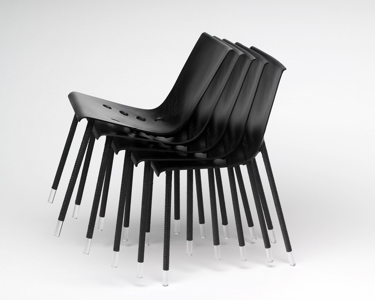
"Be that the case or not, modern design here at the MIMA restaurant provides a link with an industrial past, altogether fitting with what a museum is all about."
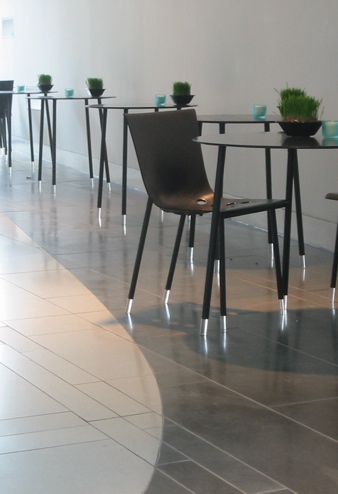
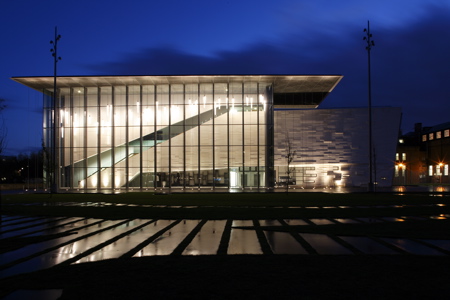
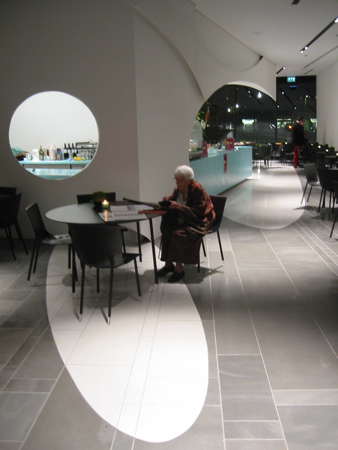
Below is a statement from Gijs Bakker on the design:
--
Middlesbrough / Middlesbrough Institute of Modern Art (mima)
Just imagine.
It’s been a long and lonely ride.
A blazing sun by day, a starlit sky at night.
The vast and empty prairie is behind you.
After days on end and scores of miles you have reached your destination.
Shotgun Saloon.
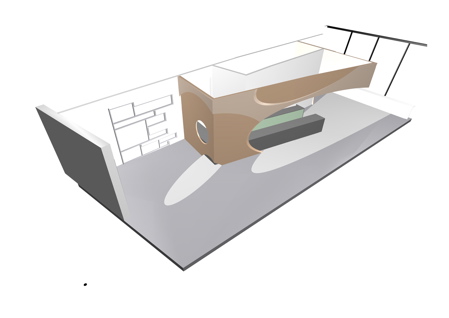
Stopped short in the middle of the entrance, you see the marksmanship of Gijs Bakker, who was here before and delivered his shots, aimed at the bar.
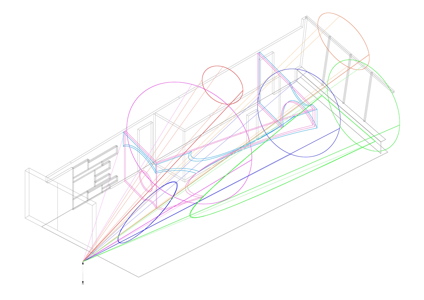
Right in front of you are three perfect circles that have pierced the wall around the counter and two remnants of circles as an indentation. Moving on, it becomes clear that the counter of the bar has not been hit and hovers unharmed behind the perforated screen as a solid black functional object, ready to serve you.

What looked like circles from your original point of view coming in, now turn out to be meticulously executed elliptical drillings. Taking into account the thickness of the wall the holes only reveal their three dimensions when you move up close. Lines on the floor that completed the image of the perfect circle, on further inspection turn out to be borders between different colours of stone.
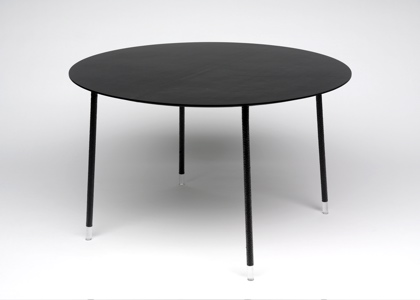
In his work, of which there is a selection in the collection of mima, Middlesbrough Institute of Modern Art, Gijs Bakker has used the hole before. First in 1989, when perforating a basic, existing chair with a pattern of systematic drillings, he discovered that the hole could have a meaning: it made the object look and feel so much lighter.
Even more important was the discovery that the hole allowed an unexpected view on what is behind the object. This led to the Peepshow wall paper of 1992, in the collection of Droog Design (image 5). Through holes in neutrally white wall paper one could keep in contact with what was papered over: the patterns of flowers or stripes from one’s past.
In the Holes Project after that, the static element was replaced by the expression of shooting, the movement of a bullet through matter. The two dimensions of the wall paper might have included the dimension of historical time, now a real third dimension was added, the thickness of the material.
In the project for the mima restaurant this fascination culminates in an installation where a two-dimensional illusion determines the way a three-dimensional space is shaped. Instead of the bullet it now is the eye that shoots into space. It reminds us that what we call perspective is limited to one particular spot where we stand at a certain moment. Moving on, circles turn out to be ellipses, the cash-desk and counter come into view and you can finally order the drink that you came for.
Furniture for the restaurant is the latest addition to a long range of Bakker’s work. It is designed to match the counter, which gives the illusion of floating slightly above the floor through a low band of light at its base. The legs of tables and chairs do the same: made of transparent Plexiglas they are wrapped in carbon fibre cocoons and also seem to hover miraculously above the floor they’re obviously standing on (image 9a-f).
Perhaps unconsciously, the carbon fibre refers to the history of Middlesbrough with its production of iron, steel and chemicals. Be that the case or not, modern design here at the mima restaurant provides a link with an industrial past, altogether fitting with what a museum is all about.
Factual information
Interior design for a restaurant of app. 500 m² with 50 lightweight carbon chairs with Plexiglas legs and 14 tables in carbon, MDF and Plexiglas in diameters 70, 90 and 120 cm.
Client: Middlesbrough Institute of Modern Art (mima)
Production chairs and tables: Rep-Air Composites, The Hague, Netherlands
Design: Gijs Bakker Design, Amsterdam, Netherlands, in collaboration with Ramon Middelkoop